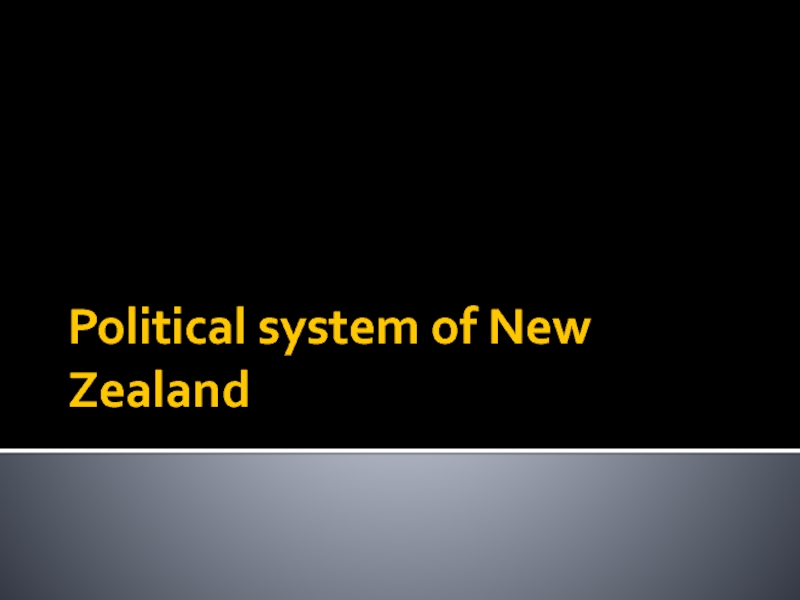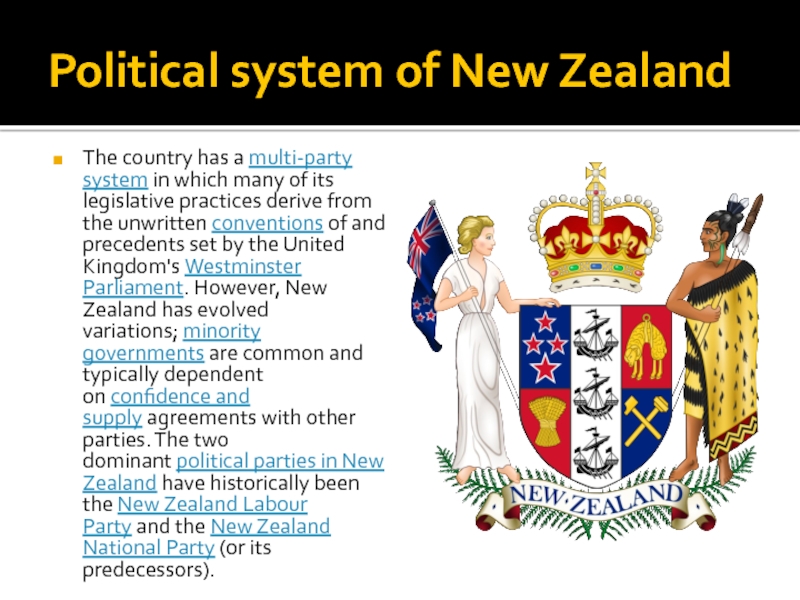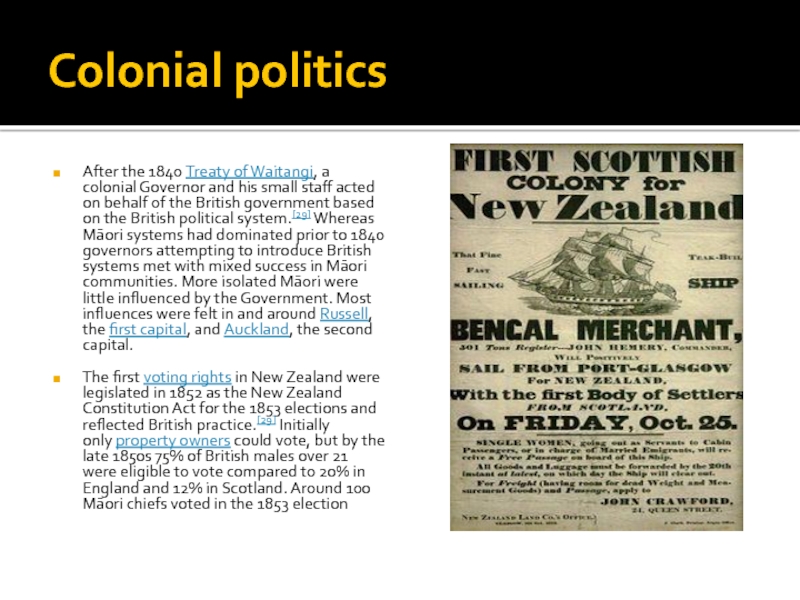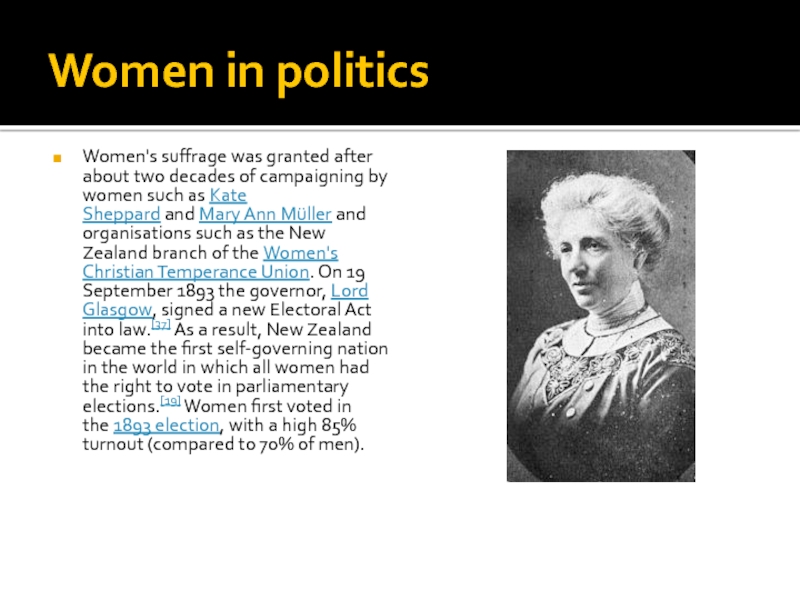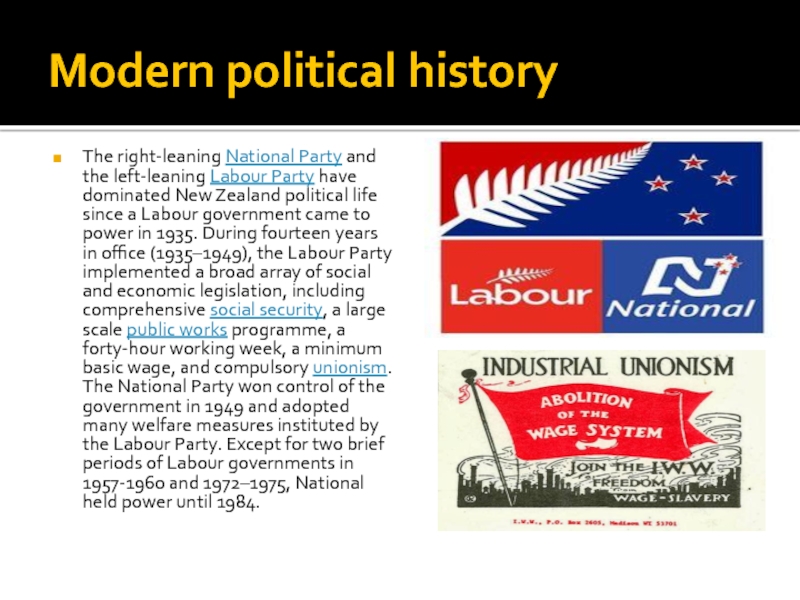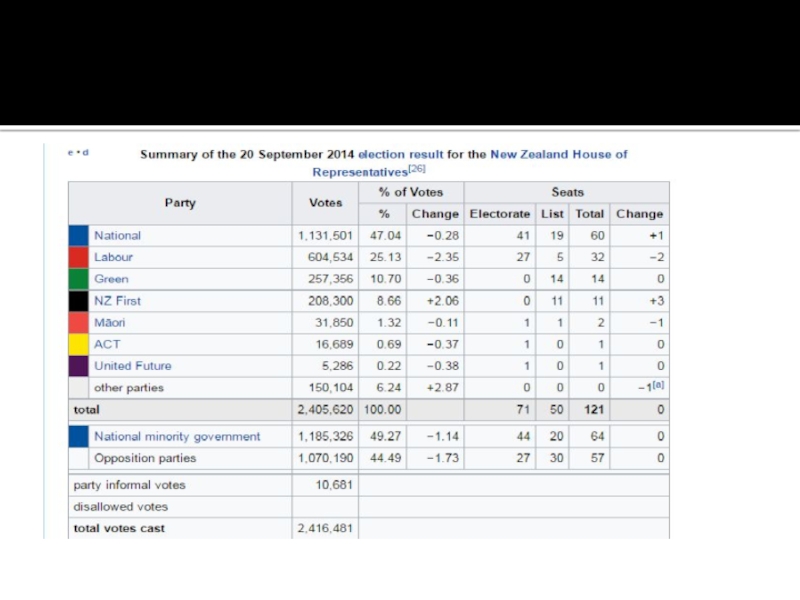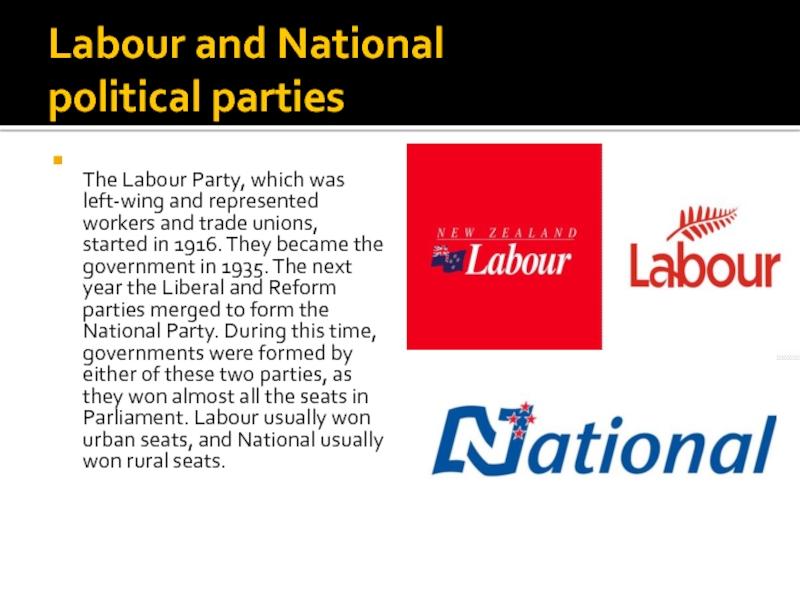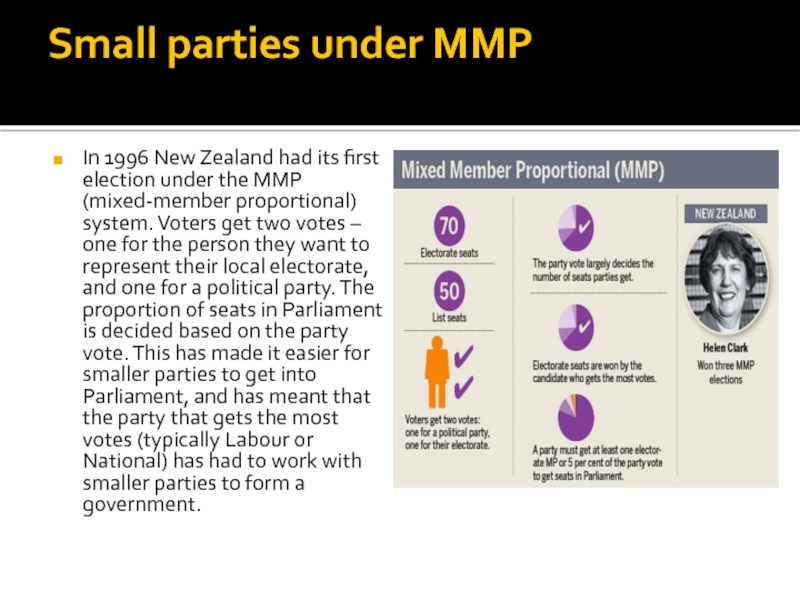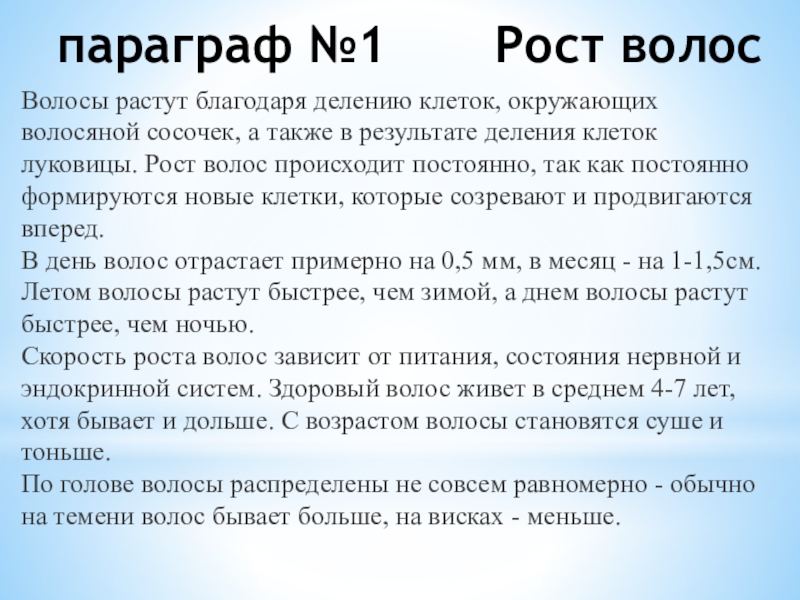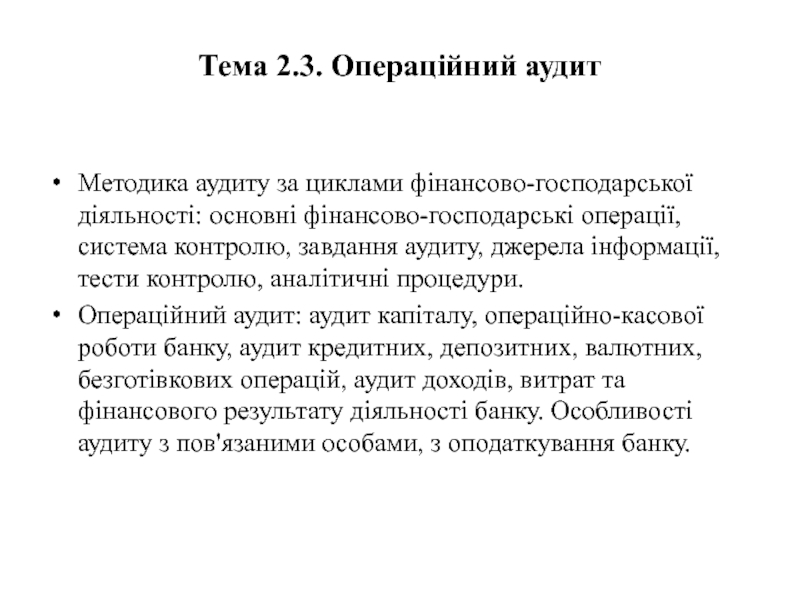Разделы презентаций
- Разное
- Английский язык
- Астрономия
- Алгебра
- Биология
- География
- Геометрия
- Детские презентации
- Информатика
- История
- Литература
- Математика
- Медицина
- Менеджмент
- Музыка
- МХК
- Немецкий язык
- ОБЖ
- Обществознание
- Окружающий мир
- Педагогика
- Русский язык
- Технология
- Физика
- Философия
- Химия
- Шаблоны, картинки для презентаций
- Экология
- Экономика
- Юриспруденция
Political system of New Zealand
Содержание
- 1. Political system of New Zealand
- 2. Political system of New ZealandThe country has
- 3. Colonial politicsAfter the 1840 Treaty of Waitangi, a
- 4. Women in politicsWomen's suffrage was granted after
- 5. Modern political historyThe right-leaning National Party and the left-leaning Labour
- 6. Слайд 6
- 7. Labour and National political parties The Labour
- 8. Small parties under MMP In 1996 New
- 9. Скачать презентанцию
Political system of New ZealandThe country has a multi-party system in which many of its legislative practices derive from the unwritten conventions of and precedents set by the United Kingdom's Westminster Parliament. However, New Zealand has
Слайды и текст этой презентации
Слайд 3Colonial politics
After the 1840 Treaty of Waitangi, a colonial Governor and
his small staff acted on behalf of the British government
based on the British political system.[29] Whereas Māori systems had dominated prior to 1840 governors attempting to introduce British systems met with mixed success in Māori communities. More isolated Māori were little influenced by the Government. Most influences were felt in and around Russell, the first capital, and Auckland, the second capital.The first voting rights in New Zealand were legislated in 1852 as the New Zealand Constitution Act for the 1853 elections and reflected British practice.[29] Initially only property owners could vote, but by the late 1850s 75% of British males over 21 were eligible to vote compared to 20% in England and 12% in Scotland. Around 100 Māori chiefs voted in the 1853 election
